The concept of wellness has progressed from an intermittent trend to an integral part of daily life, which is dramatically influencing the hospitality industry.
Today's sophisticated travelers are looking for more than simply a place to stay as they want an integrated experience that will improve their well-being. The expanding demand for wellness-centric design has triggered remarkable transformation in a wide range of hospitality environments, including hotels, spas, resorts, and boutique retreats.
1- Wellness-Centric Design
The hospitality sector has adopted wellness-centric design in response to the growing need for spaces that promote pleasure, health, and well-being. Nowadays, hotels and resorts aim to give visitors more than just a place to stay, since health tourism is expanding rapidly. Their objective is to establish an environment that enhances mental and physical well-being.
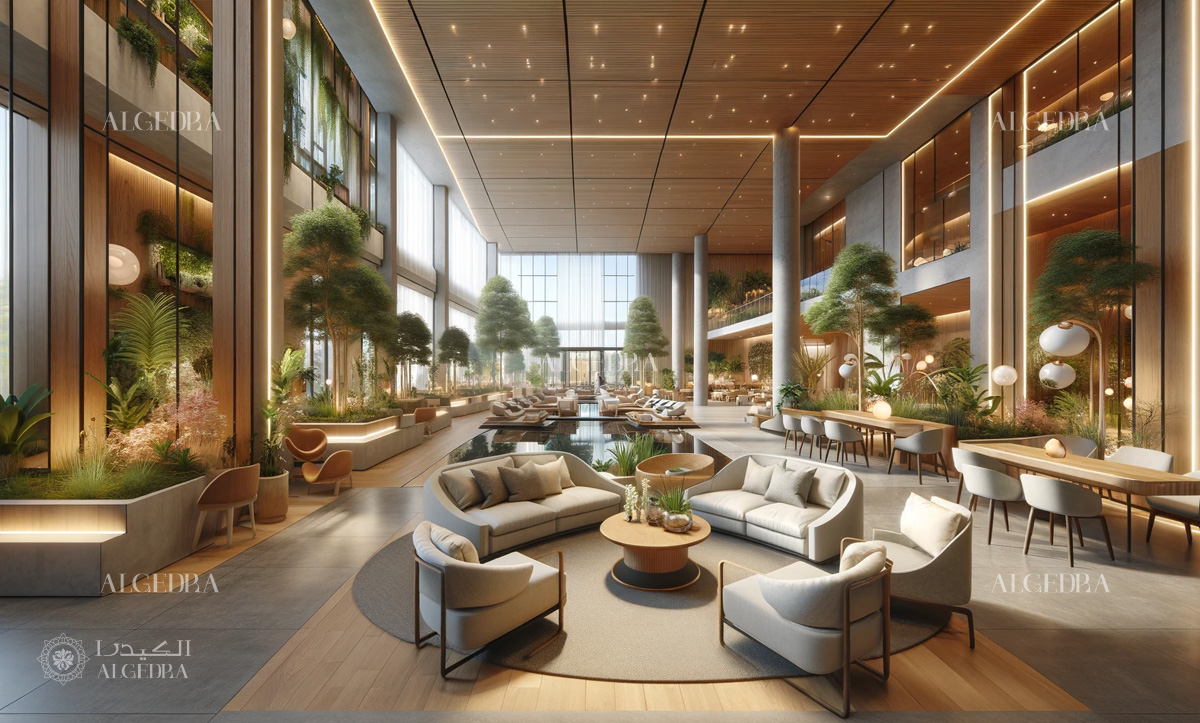
2- Understanding Wellness-Centric Design
Creating environments that have a beneficial influence on visitors' health and wellness is the fundamental goal of wellness-centric design. By including components that promote mental, emotional, and physical health, this strategy goes beyond aesthetic appeal.

3- Key Elements of Wellness-Centric Design
1. Biophilic Design: This involves integrating natural elements into the built environment. Think indoor plants, natural lighting, water features, and the use of natural materials like wood and stone. These elements are not just decorative as they're known to reduce stress, enhance creativity, and improve air quality.

2. Sensory Experiences: Sound, scent, and touch play a crucial role in wellness design. Soft, natural sounds, calming scents, and tactile materials can significantly enhance the guest experience by creating a soothing atmosphere.
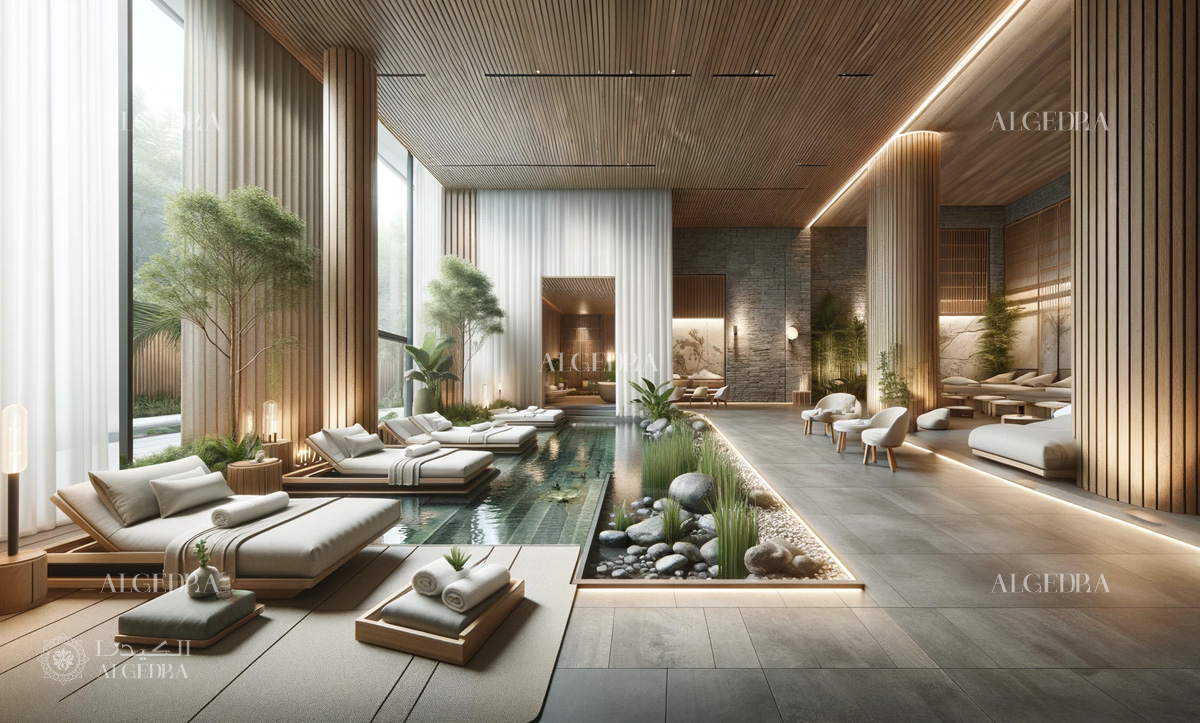
3. Ergonomics and Comfort: Furniture and layouts that promote comfort and physical well-being are essential. Ergonomic design reduces the risk of discomfort or injury, ensuring guests' physical health is prioritized.
4. Sustainable Practices: Sustainability is integral to wellness design. Eco-friendly materials, energy-efficient lighting, and water-saving fixtures not only reduce the environmental footprint but also resonate with guests' growing environmental consciousness.

5. Fitness and Spa Facilities: Modern spas and fitness centers are increasingly widespread in hotels that prioritize wellness. These meet the needs of guests for relaxation and health.
4- Scope of Wellness-Centric Design
The global realization of the need for healthier and more sustainable living has sparked a complete response in the hotel industry: a wellness-centric design wave. This design concept goes beyond traditional aesthetics to provide guests with a holistic experience that prioritizes their whole well-being, whether they are staying in a sophisticated hotel, relaxing in a spa, or seeking comfort in a secluded resort.
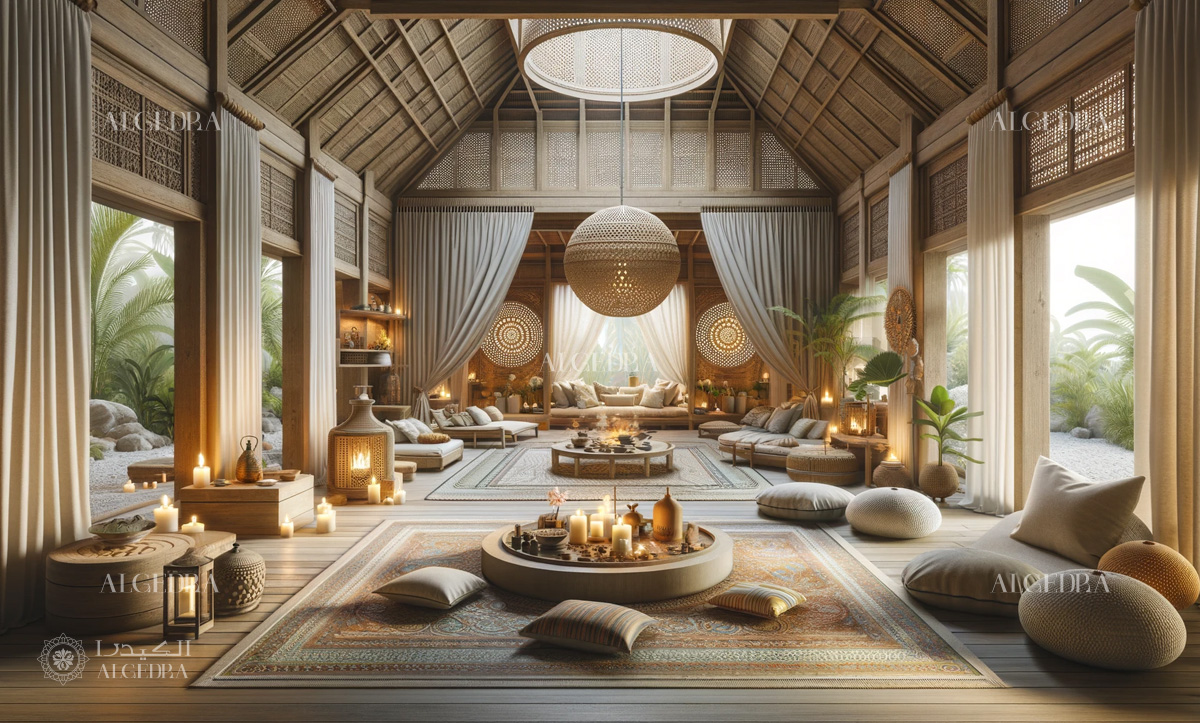
5- Key Aspects of Wellness-Centric Design Across Hospitality Venues
1. Hotels: Modern hotels are embracing biophilic design elements, integrating natural materials, and ensuring ample natural light to create a more organic and relaxing environment. Ergonomically designed rooms and communal spaces, alongside fitness and spa facilities, meet the physical and mental well-being of guests.

2. Spas: The core of wellness-centric design in spas revolves around creating serene, sensory-rich environments. This includes the use of calming colors, water features, and aromatherapy to enhance the therapeutic experience. Spas are increasingly incorporating natural elements and sustainable practices to foster a deeper sense of relaxation and connection with nature.

3. Resorts: Resorts are uniquely positioned to offer an all-encompassing wellness experience. From farm-to-table dining options to outdoor activities integrated into the natural landscape, resorts are at the forefront of providing holistic wellness experiences. This includes offering yoga retreats, meditation sessions, and wellness workshops.
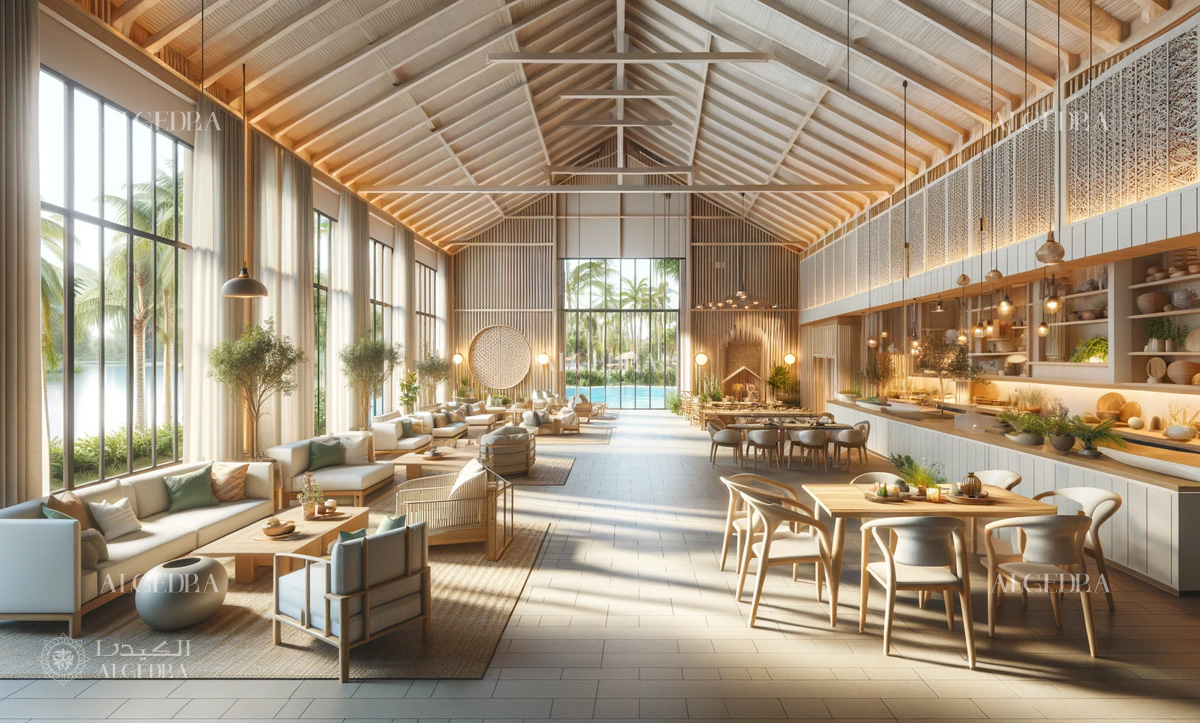
4. Boutique Retreats: These intimate settings focus on personalized wellness experiences. Design elements in boutique retreats often reflect local culture and traditions, providing a unique and authentic approach to wellness. Customized wellness programs, including dietary plans and personal coaching, are common in these settings.

6- The Impact on Guest Experience
Implementing wellness-centric design significantly enhances the guest experience. By creating an environment that actively contributes to guests' well-being, hotels and resorts are seeing increased guest satisfaction and loyalty.
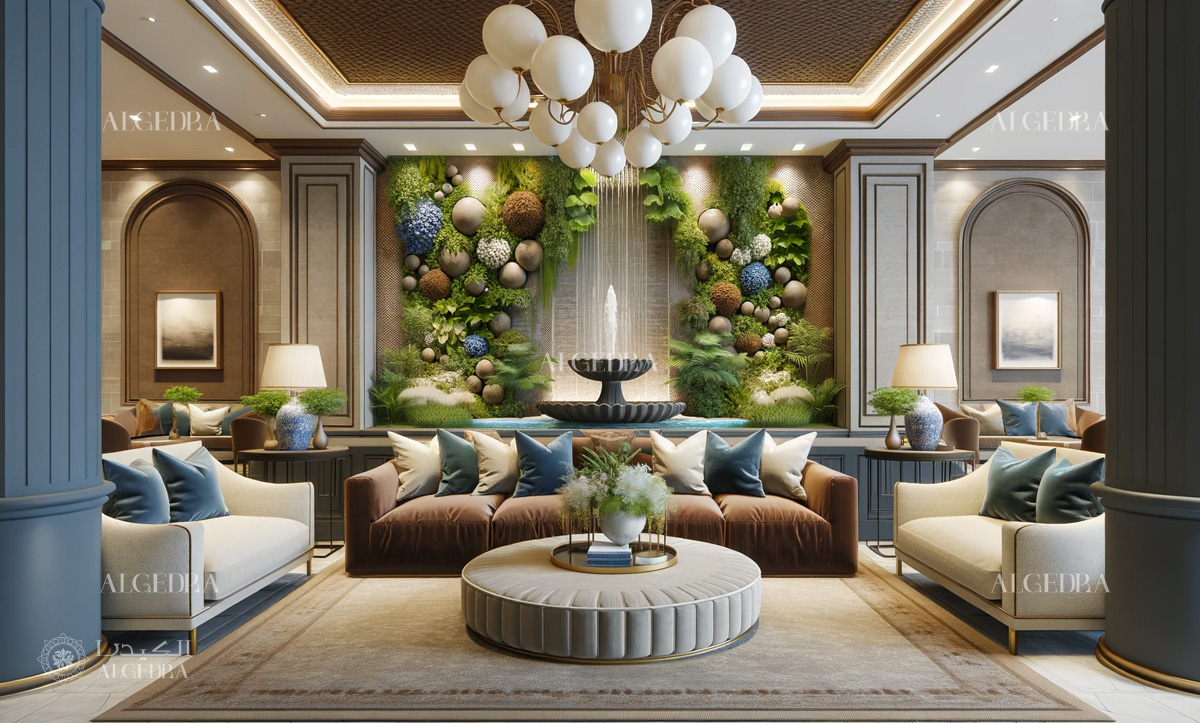
This approach also appeals to a broader market segment, attracting those who prioritize health and wellness even while traveling.
7- Challenges and Considerations
While the benefits are clear, there are challenges in implementing wellness-centric design. It requires a thoughtful and often costly approach. Hotels must balance the desire for wellness features with practical considerations like space, budget, and the existing architecture.
